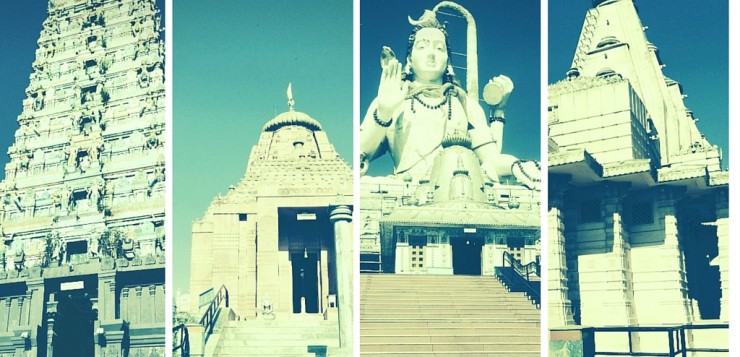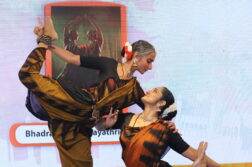So while many instances are quoted, celebrated and revered where the woman pines for her consort symbolizing a yearning for the God, there are an equal number of mythological references that have a man yearn for his woman. Only the former seem to have found resonance in stories told & retold over a period of time. A man, however, giving up all worldly pleasures for the love of his woman may not quite align with the mindset that reinforces patriarchy in the sub continent.
A recent post by Devdutt Patnaik prompted me to write this post. Its amazing how a strong mindset of the country can influence the popularity or lack of it, of the various aspects of their revered and age old mythology. Devdutt shares the story of Dashratha’s parents & Ram’s grand parents Aja & Indumati. On the sudden demise of Indumati her husband Aja too dies shortly after, unable to cope with his wife’s loss. He further extrapolates the Jal Samadhi of Ram, amidst societal pressure of him getting married again, Ram voluntarily walks into the river Sarayu, never to rise again after Sita gets engulfed by the earth. Devdutt goes ahead and shares ‘In a patriarchal society, where women were once expected to burn themselves on their husband’s funeral pyre as Sati, no one is allowed to say that a husband killed himself because he could not bear life on earth without his wife. So, it is even today’
Further instances of a man’s yearning are depicted through Shiva for his consort Sati who kills herself due to her father’s non acceptance of Shiva as her husband. Shiva in turn is inconsolable both in rage and in his love for Sati. He carries his wife’s lifeless body close to his heart till Vishnu cuts it in pieces which fall on earth to form the various Shakti Peethas.
The interpretation of mythology largely remains influenced by the interpreters own personal beliefs and biases. Just as history is written by the interpretation of the victor and as we know today by the power at the centre. But the epics truly depict society as it was, including references to women choosing or changing their partners as per their own free will. Polyandry was an accepted norm and one of the most cited examples is that of Draupadi. Polyandry itself is believed to have developed to regulate promiscuity and is probably the genesis of a matriarchal way of society. Further, according to the Mahabharat it was the hermit son of the great seer Uddakala, who laid the new law for women in a fit of rage. ‘Maryada’ as it is known, is a restrictive rule of a woman’s infidelity to her husband, as Svetavaku could not see his mother with a man other than his father Uddakala. A detailed explanation can be found in the book Polyandry in Ancient India.
Closer date came the controversial ‘Manusmriti’ a Sanskrit text that helped form the Hindu law through its translation in the British Raj and is inherited in the present day India. While the authenticity of the script itself, its inconsistencies and compilations are disputed, the interpretations especially for the laws that direct women seem parochial in perspective. One school of thought considers this a conscious depiction of India as barbaric, racist & misogynistic so as to promote missionary ideologies through the British rule.





